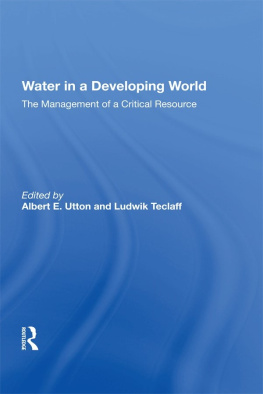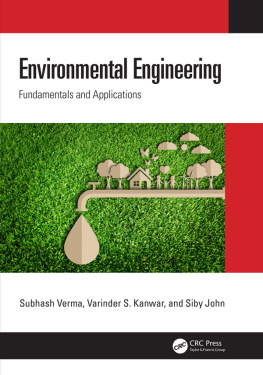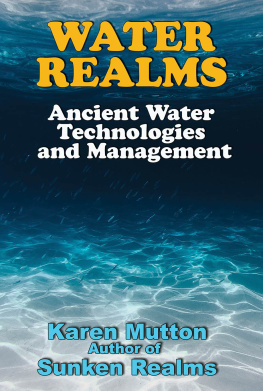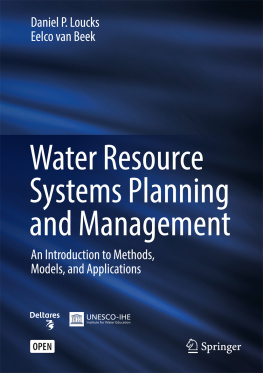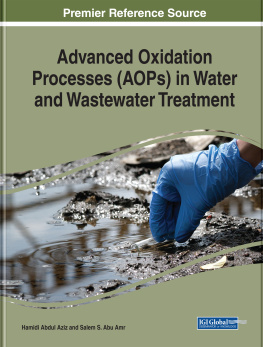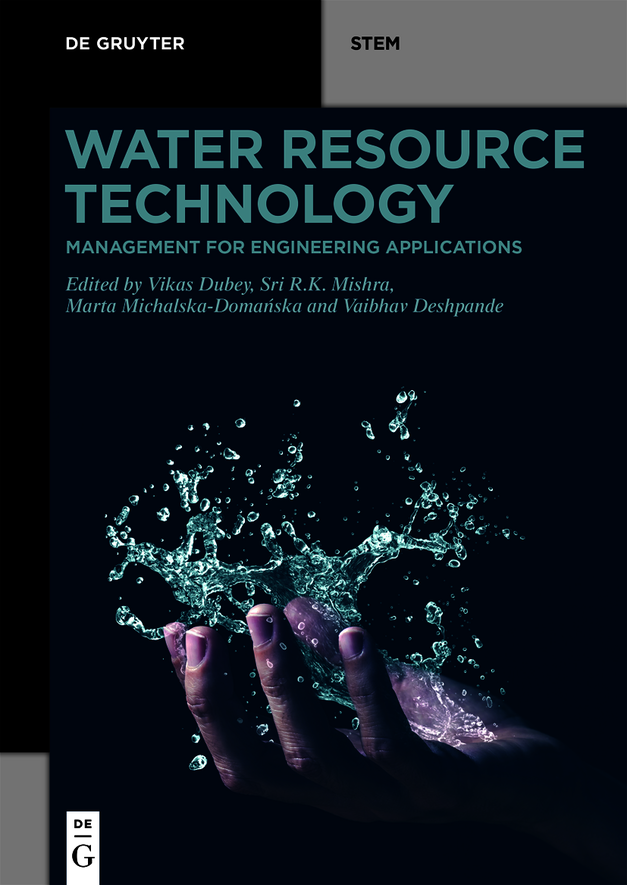The primary source of water in India is rainfall which is experienced over most part of the country. The rainfall varies from place to place and is measured using more than 3,000 rain gauge stations, which are set up by Indian Meteorological Department (IMD) and Water Resource Department of State Government. The average annual rainfall of India is about 119.4 cm. According to Irrigation Commission of India, the total annual average precipitation in India is about 4,000 km3, which contributes towards a total annual surface water flow of about 1,869 km3 and the remaining is lost as evaporation, transpiration and infiltration. If the intensity of rainfall is more, it can cause hazardous flood leading to high casualties and property damages. To mitigate the floods, structural and non-structural measures are inevitable along with strong flood forecasting or early warning systems. This is possible when effective and scientific analysis of rainfall and runoff is carried out for a vulnerable catchment area. This chapter emphasizes the application of rainfallrunoff relationship and Unit Hydrograph in Flood Forecasting using a software tool HYMOS. The results obtained show good amount of accuracy and corroborate with site parameters. For calculation purpose, the data of catchment area serving Multipurpose (Irrigation and Hydroelectric) Project Pench in MaharashtraMadhya Pradesh is used, and rainfall is calculated for full climatic station, Kamthikhairy (latitude 212201N and 791137E) with altitude 295.00 m using various climatologically factors and HYMOS tool. This will provide data for the planning, scheduling of different irrigation and non-irrigational projects, flood routing and so on of the region.
1.1 Introduction
Long-term planning of water resource project depends upon the correlation of rainfall and surface hydrology of respective catchment areas. The analysis helps the concerned department to understand the availability of water for the use in various sectors ().
). The meteorological parameters are recorded using different instruments, which provide information on local weather and climatic conditions.
All the recorded qualitative and quantitative data pertaining to meteorological and hydrological parameters are fed into Surface Water Data Entry System (SWDES) software. HYMOS is used to analyse the data fed to SWDES thereby helping the officials to achieve effective reservoir operation.
Hence, the user-friendly features of HYMOS make it a versatile tool for carrying out research and consultancy in the field of water management. At present, HYMOS 4.03 version is in use. Using statistical data from the water resource department, various analyses such as Unit Hydrograph Ordinate (UHO), flood forecasting, coefficient of rainfall and run-off and its relationship, identification of characteristic features of catchment, surface water analysis are performed.
1.1.1 Background
Many researchers have studied rainfallrunoff relation for different catchment, watershed for effective computation of flood discharge, planning and management of water resource projects and so on. However, a few notable research have been reviewed and summarized in as given below:
Table 1.1: Review of literature.
| SN | Name of paper | Review |
|---|
| 01 | ) | This article focused on developing a rainfallrunoff model using limited data and characteristics of catchment. |
| 02 | Verma (2005) | The authors have carried out work on rainfall, runoff and sediment losses from watersheds of the central Himalayas over different land cover. Precipitation was recorded for five rain gauge stations spread into different regions. |
| 03 | Nur-Sharifah (2015) | The research was conducted to analyse the correlation between the precipitation and surface flow was modelled for the Lipis River using Hydrological Modeling System (HEC-HMS). The data collected were used to prevent flash flood and insufficient capacity of drainage problem. |
| 04 | ) | The research was carried out to understand the spatio-temporal variation in the runoff coefficient and was observed that the antecedent soil moisture and extent of catchment are governing factors for the same. |
| 05 | ) | Data pertaining to seasonal and yearly rainfall over the years were analysed to obtain a correlation between rainfall and runoff. The authors concluded that the runoff is about one sixth of the rainfall. |
| 06 | Straub and Melching (2000) | The authors have developed an equation for estimating the time of concentration and storage coefficient of the Clark unit hydrograph for a small watershed. |
| 07 | ) | The authors have opined that hydrologic response of the catchment is closely related to the ratio which is around 0.5 showing runoff diffusion and translation flow effects that play equivalent role in slow hydrologic response. |
| 08 | ) | The authors have explored the predictive power of runoff from the rainfall using different mathematical models, namely Regression, Unit Hydrograph and Quasi-physical-based model over a small upland catchment. They concluded that all the three models are having low predictive power, but the regression model is better than other two models. |
| 09 | ) | The authors have revisited the work done by earlier researchers in establishing the rainfallrunoff correlation and flood modelling. They opined that the knowledge of correlation between rainfallrunoff is critical in forecasting and managing the flood event. |
| 10 | ) | GIS technique was used to get the instantaneous unit hydrograph (IUH) wherein the basin characteristics were obtained using GIS. Comparison of the analytical and observed values was done and found to be matching well. |
| 11 | ) | The researchers analysed the effect of distributed precipitation event on rainfall and runoff thereafter over a watershed area. However, many other factors too affect the rainfallrunoff relation. |
| 12 | ) | R-value was evaluated using the hydrograph recession technique on the recorded hydrographs and an empirical equation was suggested to compute the R-value for an un-gauged watershed. |
1.1.2 Study area
The basin under the study was Kamthikhairi catchment (latitude 2122'01" N and 7911'37" E, altitude 295.00 m above MSL) covering 4,825.0 km2 area and served by the Pench River, a tributary of the Kanhan River in the Godavari Basin. The Pench River boasts two major projects, namely Irrigation and Hydroelectric.


